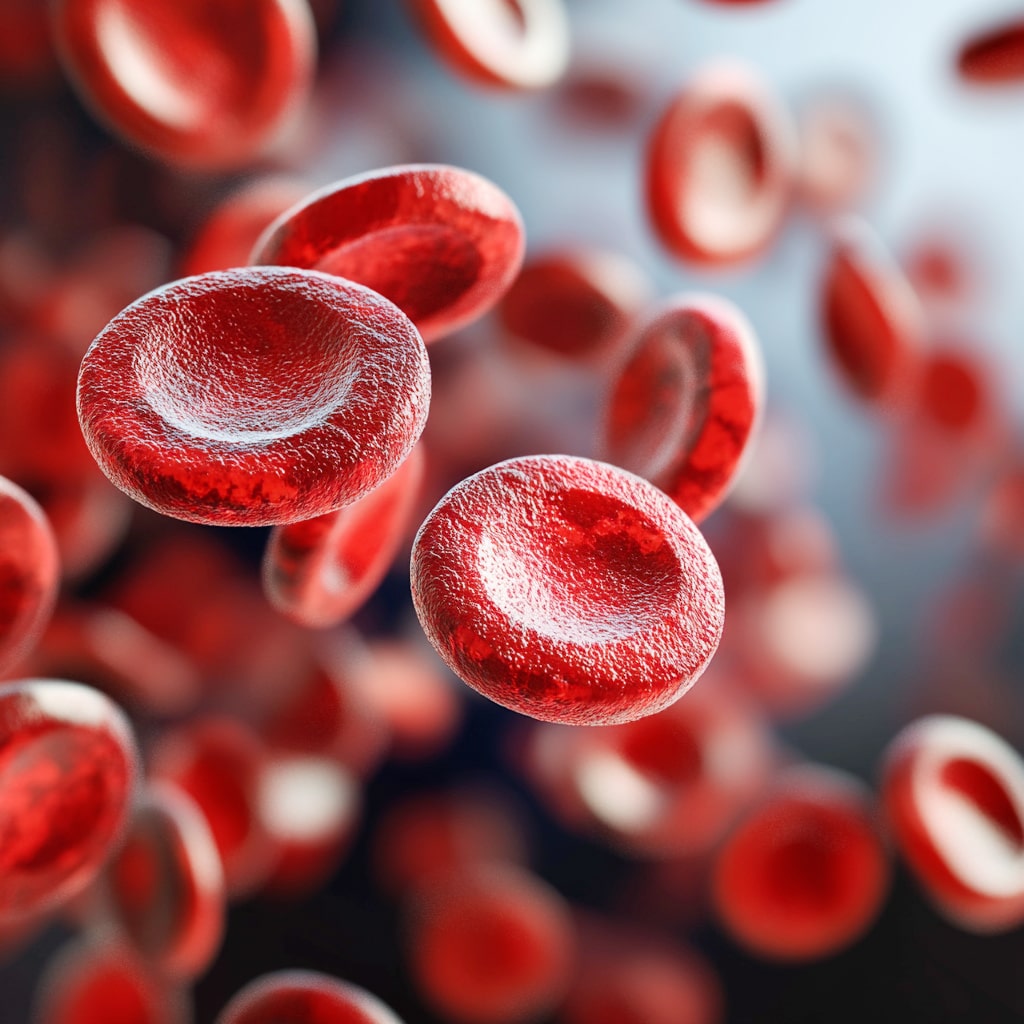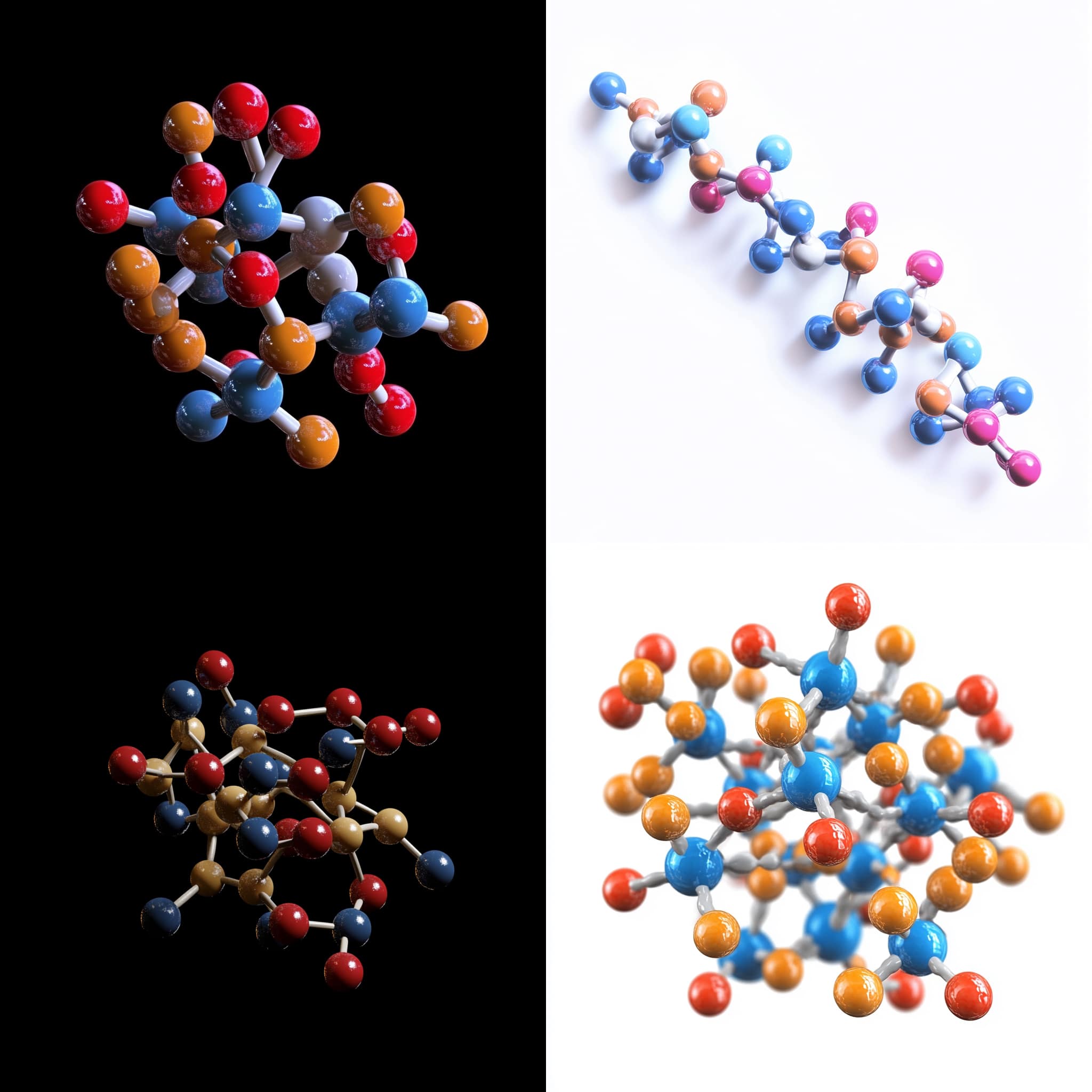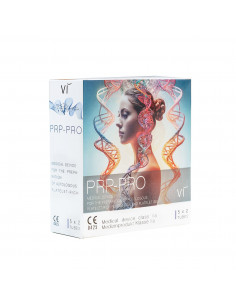
Related products
Centrifuge
DERMOAROMA
100401
€1,999.00
Certified Class IIa medical device – specifically designed for PRF and PRP therapies.
Maximum speed of 4500 RPM and RCF up to 2490 x g for precise and safe blood preparation.
Quiet operation at only 56 dB – ideal for use in quiet clinic or practice environments.
User-friendly controls with pre-set programs and easy parameter adjustments.
Highest safety...
€131.00
Vi PRP-Pro PRP tubes provide the simplest and most efficient method for obtaining and preparing platelet-rich plasma (PRP) from the patient's blood.






